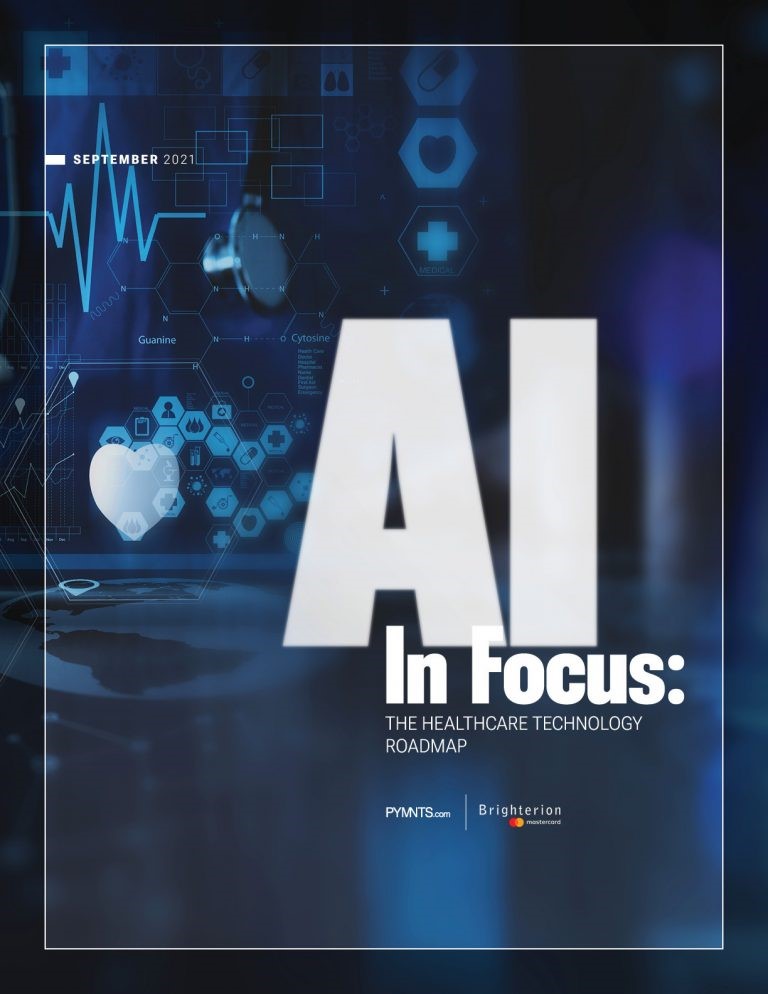MIT/Sloan Management Review: “Potential for Administrative AI Systems in Healthcare”
There is an overarching dramatic idea that AI systems and robots will one day replace doctors and nurses delivering healthcare. Imagine, a patient goes into an operating room and, rather than a human surgeon "scrubbed up" with a team of nurses, the only thing present are specialized machines and robotics prepped to perform surgery.
Will this be the future? Possibly -- but not anytime soon, according to MIT/Sloan Management Review.

The MIT/Sloan Management Review said as much Monday (April 11), noting in an article that while “we’re confident that [AI hasn’t] replaced a single human clinician … [contrast] that situation with the current potential for administrative AI systems in healthcare.”
The second part of the statement is most significant, as it does not entertain a fantasy world, but the real world within which healthcare currently resides.
Embracing Back-End AI Systems
Dr. Jean Drouin, CEO of Clarify Health -- a cloud analytics and payments platform which recently secured $150 million in a Series D fundraising round -- notes:
“We finally have the AI-driven intelligence that healthcare organizations need to optimize every patient journey and embrace value-based arrangements across providers, payers and life sciences,” Drouin said.
While the it's clear that the systems are here and ready, adoption of these technologies has been slower than expected. But that's changing according to the study “AI In Focus: The Healthcare Technology Roadmap,” -- PYMNTS collaboration with Brighterion, a Mastercard company.
“Approximately 12% of surveyed healthcare payors and insurers are currently using AI for payment-related purposes — a threefold increase from 2019. Close to three-quarters of executives plan to invest in [AI] over the next three years.”

We're seeing healthcare executives embracing AI technologies for back-end processes and tasks, but what functions are ripe for the picking?
Opportunity: Revenue Cycle Management
We've advocated for healthcare providers and RCM companies to embrace technologies like AI and machine learning for back-end processes like automating the processing of PDF and paper-based EOBs. According to MIT/Sloane Management Review, RCM is “[f]oremost among the opportunities for administrative AI.”
Pointing to the complexities of estimating care costs, as well as billing and payments, MIT said “patients are more likely to pay medical bills when they have accurate estimates,” giving the example of Baylor Scott & White Health’s system where “70% of its estimates are created without human intervention, and the estimates have led to a 60% to 100% improvement in point-of-service collections.”

MIT/Sloane Management Review points to large healthcare companies like General Electric (GE) announcing the introduction of its Edison Digital Health Platform, described in a press release as “a vendor-agnostic hosting and data aggregation platform with an integrated artificial intelligence (AI) engine.”
MIT/Sloane Management Review also references the hot-topic of price transparency and how AI-driven systems can provides clarity, while also increasing revenue:
Pointing to the complexities of estimating care costs, as well as billing and payments, MIT said “patients are more likely to pay medical bills when they have accurate estimates,” giving the example of Baylor Scott & White Health’s system where “70% of its estimates are created without human intervention, and the estimates have led to a 60% to 100% improvement in point-of-service collections.”
As anyone can see, opportunities for revenue cycle management are out there, and there is no time like the present -- particularly coming off a pandemic wherein business continuity was greatly challenged -- to deploy AI technologies to strengthen healthcare payments processing.